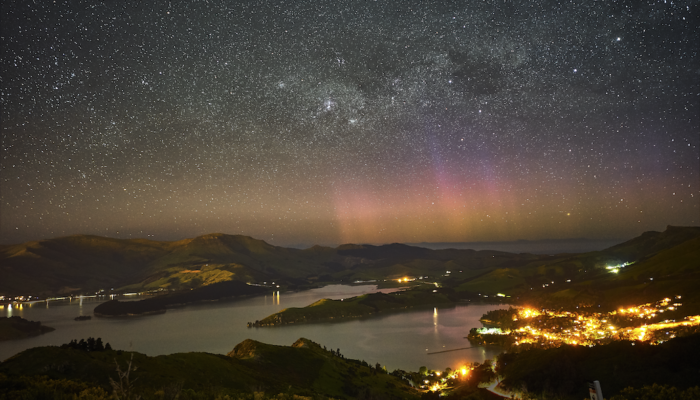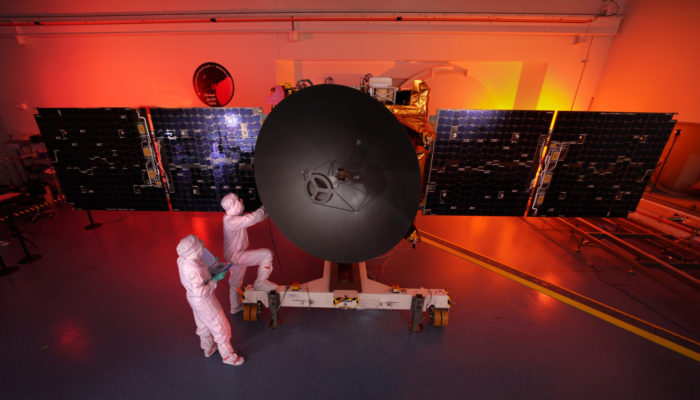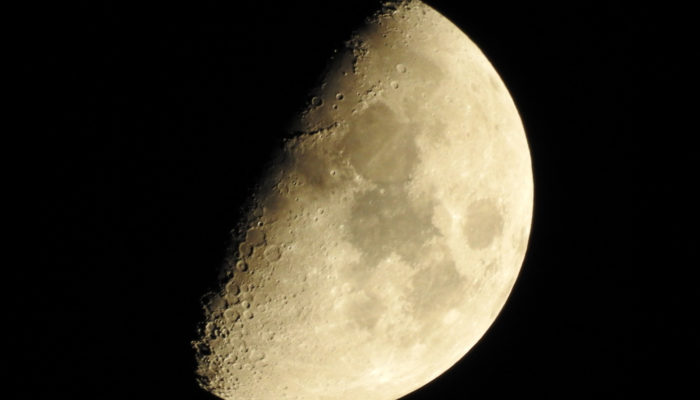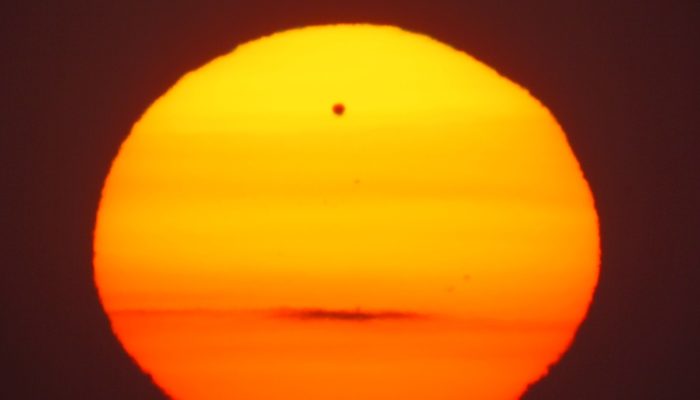This view from the Port Hills of Christchurch in New Zealand glances South over Governors Bay into the distance, where an Aurora Australis is visible near the horizon. Almost in the center of the starry sky the Southern Cross with its 2 Pointer stars are showing prominently. Description by Ulrich Schreiber, after the description on imaggeo.egu.eu. Imaggeo is the EGU’s online open acc ...[Read More]
Imaggeo On Monday: Aurora Australis with Southern Cross and Pointer stars




